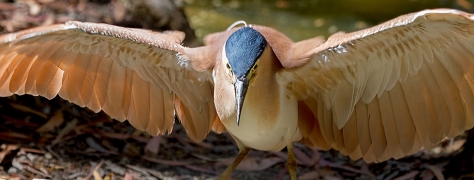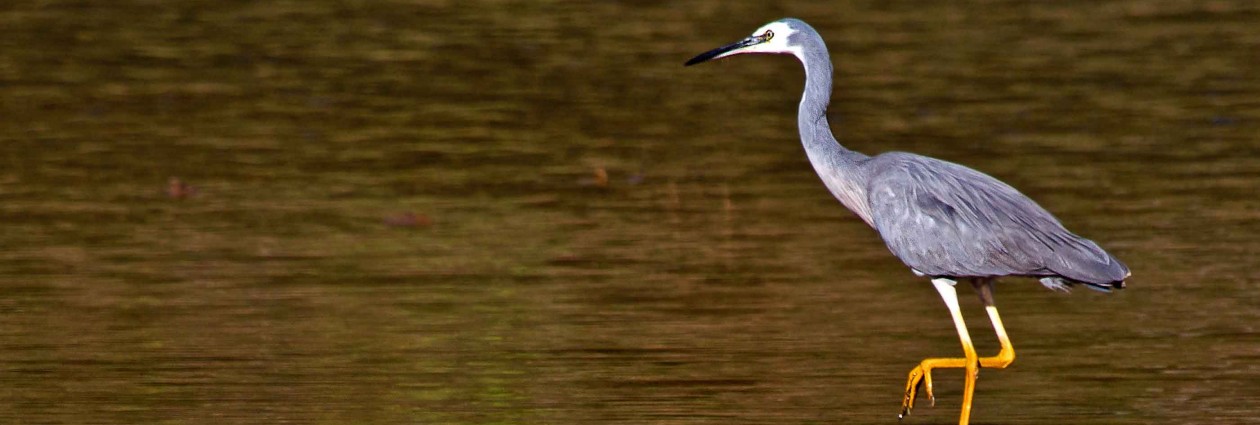/featured/you-should-have-seen-the-one-that-got-away-mr-bennett-kent.html”> Nankeen or Rufous Night heron Near Port Douglas, Queensland, Australia[/caption]
Nankeen or Rufous Night heron Near Port Douglas, Queensland, Australia[/caption]
Happy Wild Bird Wednesday :0)
Click the link below to see photographs from many talented folk around the world and feast your eyes on our fine feathered friends!!
I am not sure how well this title translates globally, but this is a dig at the pub boasting of fisherman using their arms to show just how big the fish they ALMOST caught was!!!
Taken near Port Douglas, Queensland, Australia, this is the Nankeen or Rufous Night Heron (Nycticorax caledonicus) coming in to land.
I seem to have gained the confidence of this beautiful specimen and I spent the best part of an hour, just sitting in his company and it really was an honor.
It is one of those experiences which can make wildlife photography so much more than simply pressing the button :0)







 A shot from my Son’s “Best day ever”. After visiting the Mareeba Wetlands in Queensland, Australia, and on the edge of Eucalyptus woodland next to open grasslands , we came across this Emu (Dromaius novaehollandiae) A very peculiar bird indeed standing up to 2 metres (over 6 1/2 ft) high. They are flightless, like the Ostrich and they can run at 30 mph. They have very powerful legs which are reputed to be able to break through chain fence, so this is a bird you do not mess with! I did not need much bush craft to get close as he was entirely unphased by my presence (though I kept Harvey in the car and made no sudden moves) and he moved nearer to and further from me as his will took him. He came too close at one point for my lens to get his whole head in and seemed vaguely curious about me. I am very pleased with this side on portrait which shows the colours of the sandy soil as a backdrop. I have another environmental shot with him surrounded by huge termite mounds about 5 ft high in the soil around the eucalyptus trees…….I shall leave that for another day 🙂 Canon 100-400mm f/4.8-5.6 L lens on a canon 7D, hand held at a distance of 2.3 metres and a focal length of 235mm F/5.6 100 ISO and exposure time of 1/320s
A shot from my Son’s “Best day ever”. After visiting the Mareeba Wetlands in Queensland, Australia, and on the edge of Eucalyptus woodland next to open grasslands , we came across this Emu (Dromaius novaehollandiae) A very peculiar bird indeed standing up to 2 metres (over 6 1/2 ft) high. They are flightless, like the Ostrich and they can run at 30 mph. They have very powerful legs which are reputed to be able to break through chain fence, so this is a bird you do not mess with! I did not need much bush craft to get close as he was entirely unphased by my presence (though I kept Harvey in the car and made no sudden moves) and he moved nearer to and further from me as his will took him. He came too close at one point for my lens to get his whole head in and seemed vaguely curious about me. I am very pleased with this side on portrait which shows the colours of the sandy soil as a backdrop. I have another environmental shot with him surrounded by huge termite mounds about 5 ft high in the soil around the eucalyptus trees…….I shall leave that for another day 🙂 Canon 100-400mm f/4.8-5.6 L lens on a canon 7D, hand held at a distance of 2.3 metres and a focal length of 235mm F/5.6 100 ISO and exposure time of 1/320s